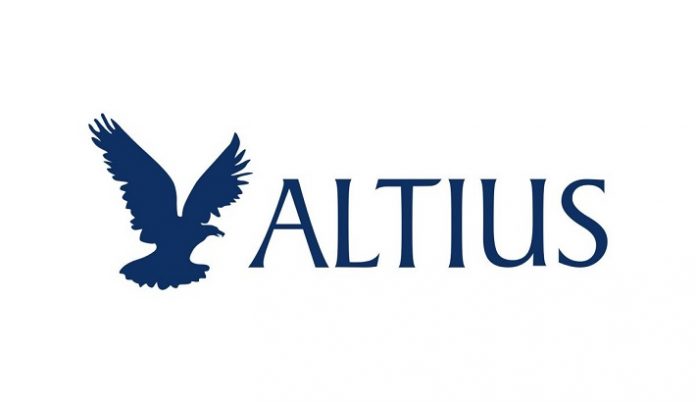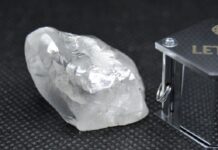Altius Minerals Corporation announced that its subsidiary Adia Resources Inc., which had carried out the first drilling programme on its new grassroots diamond discovery, the Lynx Diamond Project at Manitoba, Canada, has now received the results of microdiamond analysis.
“The drilling results confirm the thickness and continuity of the diamond bearing ultramafic units identified from outcrop sampling in 2017 and 2018 and demonstrate the large-scale diamond potential of the property,” Altius reported. “The Company notes that nearly all drill core samples of the ultramafic units in all three holes returned significant numbers of microdiamonds.”
The programme consisted of three drill holes completed during the winter of 2019 at the Eastern Bay zone. The analysis of drill core samples was carried out by De Beers Group “under the terms of the equity support and participation agreement between Adia and De Beers” the Company stated.
“While the abundance and distribution of microdiamonds throughout the thick and extensive ultramafic units is encouraging at this early stage of work, future exploration will focus on zones within the ultramafic package that host coarser diamonds with the potential for commercial value,” Altius noted.
The company stressed that it is fully permitted for a planned Phase 2 drill campaign for winter 2020 “to test for further extensions of the unit and to better define the internal stratigraphy and diamond distribution of the Eastern Bay zone”. This next drill programme will also include the first drill holes to test the diamondiferous Western Bay zone.
The Company reported that in the +0.106mm to -0.85mm sieve classes, a total of 17,880 microdiamonds were recovered from all the samples collected in the three holes. The microdiamond results include 12 stones in the +0.6mm sieve class.
While the Company has commenced an analysis of the microdiamond data with a specific focus on variation throughout the ultramafic sequence; it said that descriptions and classification of the +0.3mm diamonds as well as a report on the petrography of the ultramafic units are expected from De Beers before end of this year.
“These results support the interpretation of the ultramafic unit as a continuous diamond bearing sequence at least 2.25 kilometers in strike length, which remains open to the northwest and southeast and at depth,” the Company concluded. “The ultramafic unit ranges between 200 meters and 400 meters in true width and contains few intercalations of non-diamond bearing volcanic rocks or dykes. The unit has been tested to 340 meters vertical depth.”
News Source: gjepc
Disclaimer: This information has been collected through secondary research and TJM Media Pvt Ltd. is not responsible for any errors in the same.




























